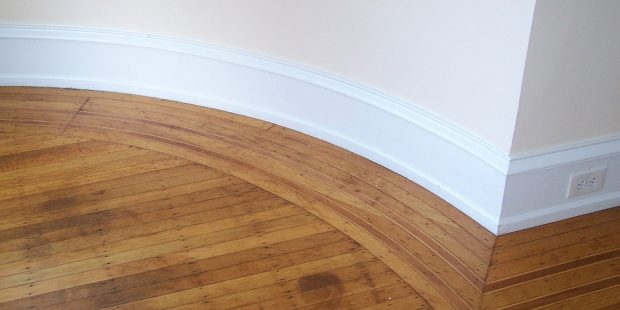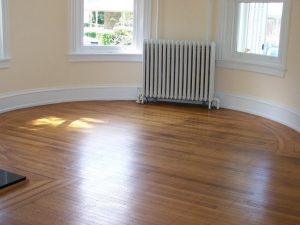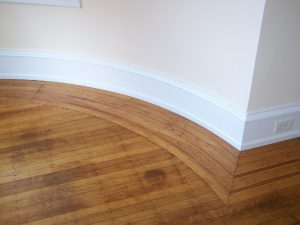
Flooring can be one of the most costly decisions you can make when it comes to renovating and decorating. The floor has to work hard: you need to consider what traffic it will undergo, how durable it is, what maintenance it will require, as well as how it fits in with your overarching interior scheme.
What Is Engineered Wood Flooring?
This flooring has a top layer of solid wood fixed on to several layers of thin wood glued to form a sandwich of plywood. The layers are fixed at 90 degrees to one another, which makes it more stable and less susceptible to damage and movement caused by humidity. The thickness of the top layer of wood is what mainly determines the quality and cost. The thicker the veneer, the better the quality and, in general, the more it costs.
As well as being a durable choice, it is suitable for underfloor heating and can be laid over many types of existing floor. It shouldn’t be used in bathrooms but can be used in cloakrooms. It is usually pre-finished, which means there’s no need to wax, lacquer or oil it.
The Final Finish
The other benefit of this flooring is the range of timbers and finishes, such as the ones on offer from https://www.irwintiles.ie/wooden-flooring/engineered-wood-flooring.html.
Choosing which wood really depends on your personal preference, although some woods work better in particular interior styles. Modern contemporary homes often suit darker wood such as walnut or woods with a white or silver finish. Light woods such as ash are also a popular choice.
Country-style and traditional houses suit beech, maple or oak with a brushed finish, which highlights the textures of the grain.
How Durable Is It?
The durability of the floor is linked to the quality of the top veneer. The thicker the top layer, the more durable it tends to be – it can be guaranteed for between ten and thirty years.
The thickness of the wood also correlates to how many times the floor can be sanded and refinished, potentially lengthening its lifespan. Professional sanding can take off around 0.5mm of the surface layer, so cheaper, thinner floors may not be suitable for refinishing. Floors can start at 0.6mm thickness and go all the way up to 15mm. It’s worth noting that for some floors having some dents and scratches can really add character.


